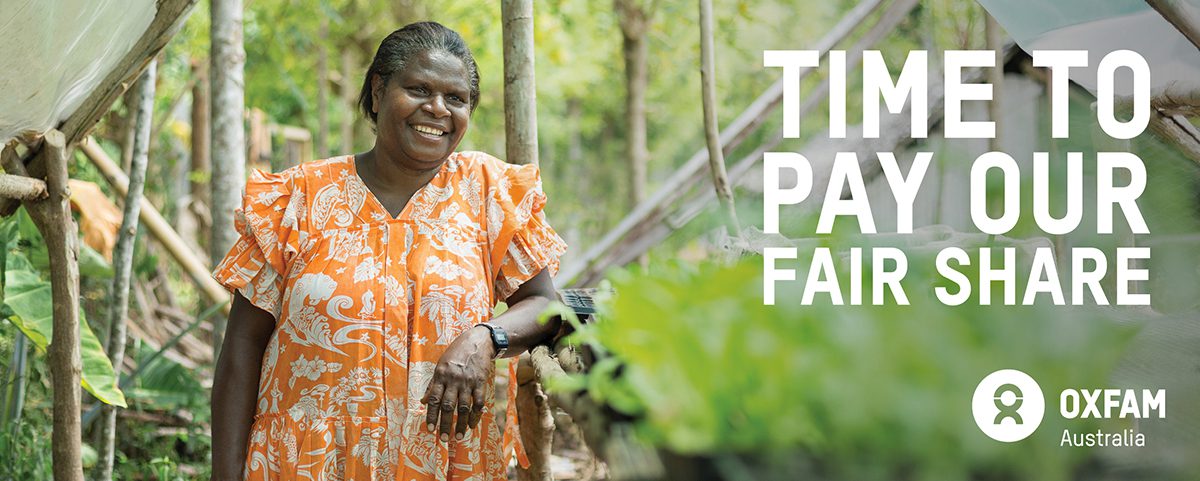In the early hours of Sunday morning, governments meeting at the UN climate change conference in Durban, South Africa, set a path towards a new legally binding agreement for all countries to cut emissions. But the deal struck does little to meet the needs of poor people fighting climate change right now, and risks blurring important distinctions between the responsibilities to act of developed and developing countries.
In a significant political breakthrough, governments in Durban turned the page decisively away from voluntary pledges of action, and towards legal commitments. The Kyoto Protocol will continue as the foundation of global efforts to fight climate change, albeit without Japan, Russia and Canada, and negotiations will be launched to conclude in a wider legal agreement for all countries by 2015, to enter into force from 2020.
But we need to act much sooner than that. Global emissions continue to rise at record speed, and the science of climate change tells us we must bring them to a peak within the next five years to have a chance at avoiding catastrophic levels of warming, and the droughts and floods that will be unleashed. The provisions in the Durban deal for action on emissions within this time period are vague. The risk of a ten-year timeout in doing more than what was pledged two years ago in Copenhagen is far too high.
Many developing countries are concerned that the terms of that new agreement will see new pressure on them to act in the same vein as developed countries. The impassioned appeals of India and others to keep fairness at the heart of the new regime are not reflected in the text of the final agreement, which makes no distinction between the fair shares of the effort needed by large and small historic and per capita polluters, or between the richest countries and those where millions of people still live in poverty and hunger.
The progress in Durban on the legal form of a future agreement came at the expense of the ambition of action in the near-term and equity in the long-term.
Meanwhile, poor people on the front lines of a changing climate got little in the deal to help them here and now. Further decisions helped define the shape of the Green Climate Fund, which will channel resources for climate action to developing countries, but no progress was made in identifying the sources of finance to fill it. The news of a future legally binding agreement for all countries will be of little comfort to the rural women who marched outside the conference centre in Durban. They and their communities need support now to adapt to the impacts of changing seasons and rising temperatures on their crops, not promises of future action.
So who were the winners and losers in this deal? The European Union (EU) prioritised an agreement from all major emitters to take on legally binding commitments, stood their ground and won. Climate diplomacy continues to be the best reflection of the EU’s influence in global affairs.
Countries that are highly vulnerable to the changing climate, including the island states and the Least Developed Countries, had to settle for the bare minimum in terms of much greater and more urgent action on emissions in the years before the new agreement takes shape.
China and particularly India came under real fire for their caution in taking on legally binding future commitments, but despite their protestations, were unable to ensure the different responsibilities of rich and poor countries was reflected in the final deal.
Africa secured their priority to ensure the Kyoto Protocol did not die on African soil, but were unable to force decisions on the sources of long-term finance they and others urgently need.
But the real winners perhaps were the US. Despite arriving in Durban with nothing to put on the table beyond what had been pledged two years ago in Copenhagen, the US secured all their key objectives. They kept the prospect of stronger action on emissions in the next years as low as possible, and ensured no new deeper targets would take effect before 2020. They kept any decisions on new sources of climate finance for developing countries off the table, and they insisted that a future agreement treat developed and developing countries with parity.
In the final tense hours, the EU may have had an opportunity to strike a deal with India and China on a future legal agreement based on the fair shares of developed and developing countries, which would have piled the pressure on the US to sign-up or step aside. Vital as it is that the world’s largest historic polluter be bound by the new agreement, we must only hope that their intransigence to doing much more to tackle climate change does not succeed in watering down the action needed in the next years and in that future deal. It is of course possible to have legal commitments to do absolutely nothing. The EU must now work with developing countries to ensure the US does not drag the world in that direction.
Tim Gore is an International Climate Change Advisor for Oxfam International.
Photo: Ainhoa Goma/Oxfam



